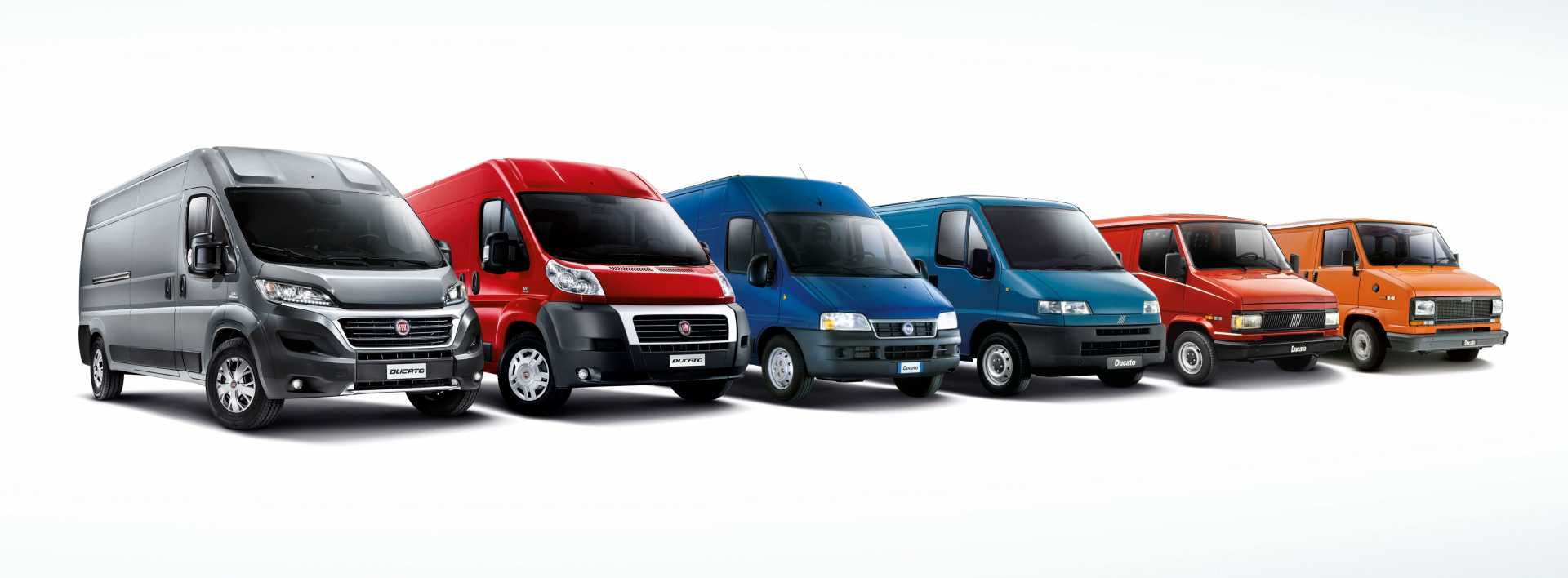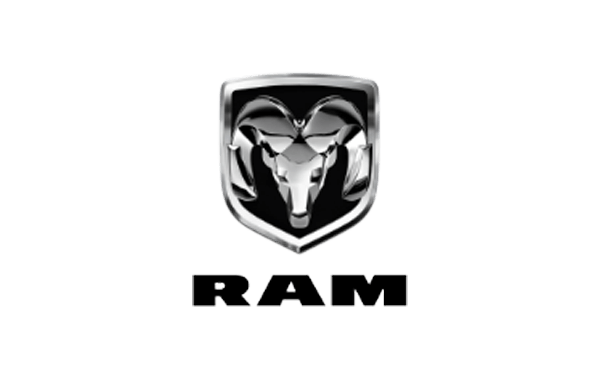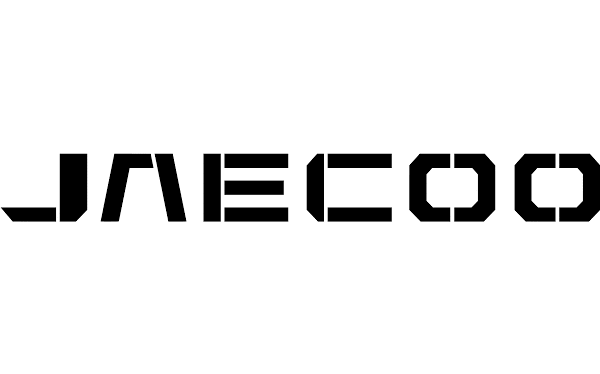The Ducato, Fiat’s big van celebrated its 35th birthday at the weekend (23 October 2016) a milestone reached thanks to its versatility, power and low running costs, as well as is massive following amongst legions of motorhome owners.
More than five million Ducatos have been produced over the last three and half decades and New Zealand is one of more than 80 countries where Ducato works hard. It is now produced in Brazil and Mexico as well as its original Italian factory and the latest market it has gone to work in is the USA, where it is sold as the ProMaster under the RAM brand. To enable the Ducato to undertake a remarkable range of roles, more than 10,000 variants are available depending on country, application, and commercial requirements.
In New Zealand, six versions of the Ducato sizeable range have been chosen to best meet the needs of local van users. All are powered by the 130 kW 3.0 Turbo Diesel engine specifically designed for the load-lugging requirements of the Ducato with a choice of manual or MTA gearboxes, depending on the version. The New Zealand range opens with the Medium Wheelbase, Low Roof Van which has a recommended retail price of $56,990 plus on-road costs. The New Zealand the Ducato is also available long and extra-long wheelbases and a medium height roof, as well as a low roof Cab Chassis.
The first Ducato, an extraordinary model that revolutionised the high-capacity van market with its front-wheel drive, engine power, and spacious loading area, rolled off the lines at the SEVEL factory (Società Europea Veicoli Leggeri), in Val di Sangro, Italy, on October 23, 1981. Production continues today in the largest factory for medium-to-large size vans in the Europe with the five million vehicle mark was reached in 2015.
From the beginning, the first series of Ducato (1981-1990) implemented an array of innovative solutions, like the front transverse engine with the drivetrain and the fuel tank combined in a single module with the cab. These features made a variety of hitherto unprecedented models possible. The body variants included two roof heights and Van, Combi, Bus and Truck variants. The two wheelbases (2923 and 3653 millimetres) meant the van could total a load volume of 9.8 cubic metres and achieve a permissible gross weight up to 2800 kilograms. In 1984, the use of inclined shock absorbers produced a completely flat load area, and in 1985 the Maxi version increased maximum load to 3500 kilograms. Finally, in 1989, the Fiat Ducato with Steyr-Puch all-wheel drive made an appearance.
Ten years after its launch on the market (1990-1994), Ducato achieved its first milestone with the second series, with the four-wheel drive making its grand début: on 1 October 1991, the 500,000th vehicle rolled off the production line. The power of the 2.5-litre turbo diesel engine was upped to 70 kW (95 HP) and an innovative propulsion system, the all-electric Fiat Ducato Elettra, was introduced for the first time. The range was complemented by the introduction of a third wheelbase (3200 millimetres).
The third generation (1994-2002) was launched in 1994. Aerodynamic drag was improved (dropping to 0.35) and a new vehicle cab design inspired by practical professional requirements was introduced: for the first time in the sector, the gear lever was incorporated into the central console rendering the central part of the floor usable and facilitating access to the cab from both doors and from the cab to the loading compartment: this improved both ergonomics and productivity. Specialist press recognised the innovation and customer focus of the Ducato by awarding it the title of “International Van of the Year 1994”.
Further improvements aimed at comfort characterised the noughties. For instance, height-adjustable seats and three-spoke steering wheels were introduced on the fourth series (2002-2006) in 2002. The engine line-up of Ducato was also developed. A direct injection Common Rail engine – a major step forward in terms of performance, quiet operation and high efficiency – was adopted for the first time in 2002. Furthermore, Ducato opened the alternative fuel era with its petrol/methane engine, which laid the foundations for the success of brand as European market leader in the methane-powered van sector.
The fifth generation of the Ducato joined the scene in 2006, extending the range and further increasing flexibility: it was the first front-wheel van to offer a volume of 17 cubic metres. Most of all, it set the bar in terms of efficient running and low maintenance costs, in addition to fuel efficiency and low emission levels, by offering a wide range of diesel engines implementing second-generation MultiJet technology.
The sixth generation launched in 2014 boasted the greatest front axle load (up to 2100 kilograms) and greatest rear axle load (up to 2500 kilograms) for single rear axle vehicles, as well as the highest maximum load. The van version of Ducato could carry a maximum payload of 2100 kilograms. Furthermore, air suspension on the rear axle was made available for the first time.
Over the years, Ducato crossed the borders of Europe to reach Russia, South America, the Middle East, Australia and, of course, New Zealand. Today, it is sold in more than 80 countries worldwide, including since 2013 North America by RAM under the name of ProMaster. Produced in three countries – Mexico, Brazil and Italy – and sold all over the world, Ducato is truly a global vehicle and with its sixth generation, it will spur the growth of Fiat Chrysler Automobiles in the light commercial vehicles sector.










